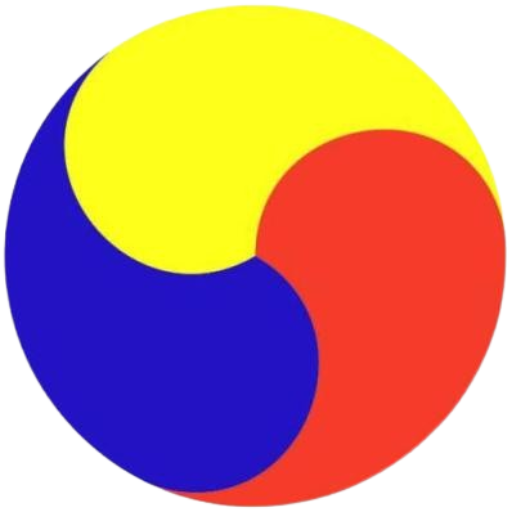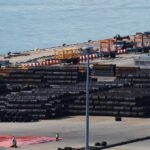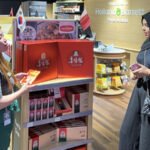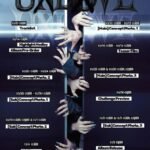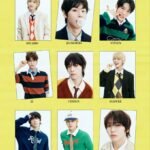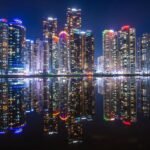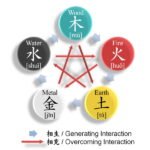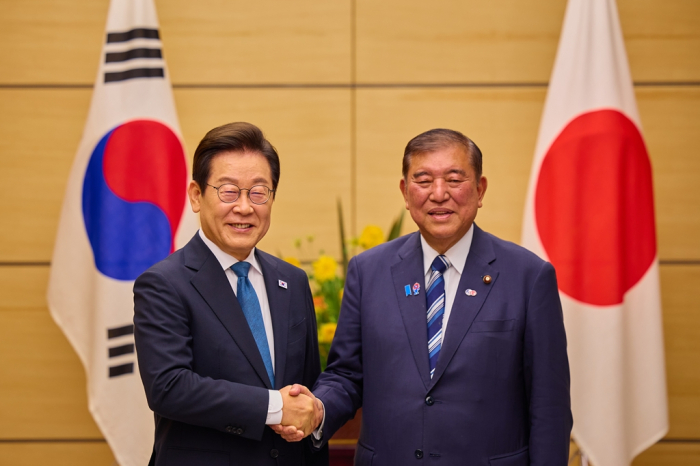
South Korean President Lee Jae Myung is flying to Washington after a high-profile visit to Tokyo, where he sought to repair ties with Japan ahead of a White House summit with President Donald Trump, which is expected to focus on trade and security.
Lee wrapped up his two-day visit to Japan on Sunday with a meeting of lawmakers from the Japan–Korea Parliamentarians’ Union before departing for Washington, D.C. He is due to arrive in the US capital later in the day, ahead of a bilateral summit with Trump on Monday.
The Lee-Trump talks are expected to focus on follow-up details from last month’s tariff deal, as well as sensitive issues, including the future posture of US troops stationed in Korea.
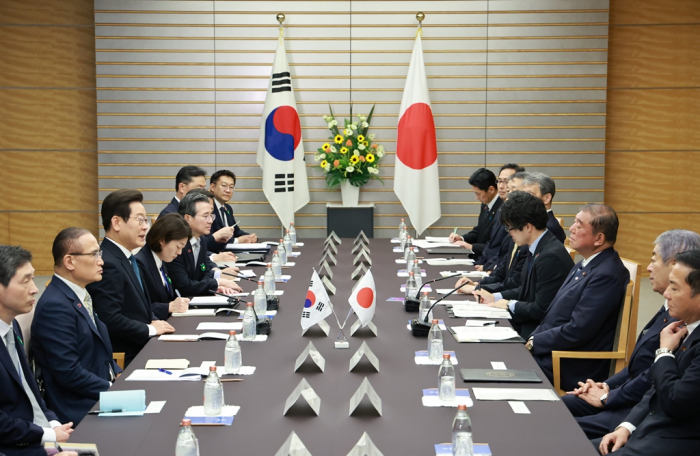
FOREIGN, ECONOMIC POLICY TEST
Lee is expected to face a foreign policy test as the Trump administration is trying to readjust its alliance with South Korea, a process that could involve higher Korean defense spending and a realignment of US forces in Korea amid Washington’s drive to counter an increasingly assertive China.
The two leaders are also expected to hammer out details of the broad trade agreement that lowered the US’ reciprocal tariffs on Korean goods to 15% from 25% in return for Seoul’s $350 billion investment pledges and other commitments.
After the White House talks, Lee will attend a business roundtable with top corporate executives from both countries and deliver a speech at the Center for Strategic and International Studies.
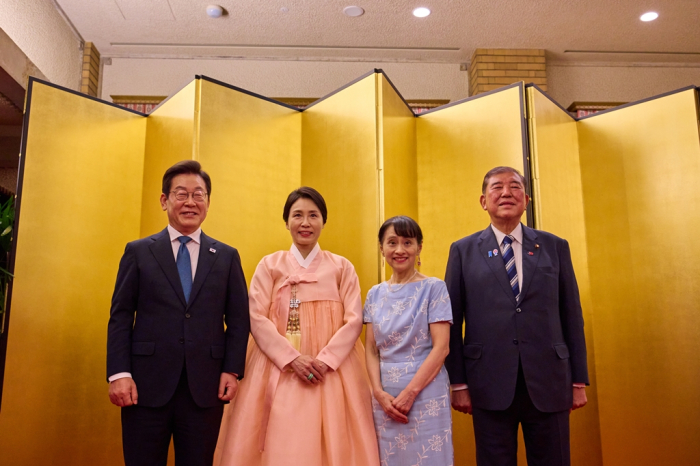
Lee also plans to visit Hanwha Ocean Co.’s Hanwha Philly Shipyard in Philadelphia, seen as a symbol of bilateral shipbuilding cooperation, before returning to Seoul.
TOKYO: ‘OPTIMAL PARTNER’
Lee’s stop in Tokyo underscored the importance he places on trilateral cooperation with the US and Japan as he seeks to strengthen his diplomatic leverage ahead of the Trump meeting.
In talks with Japanese Prime Minister Shigeru Ishiba, the two leaders pledged to treat each other as “partners” and accelerate shuttle diplomacy between the countries – a breakthrough after years of friction over wartime history.
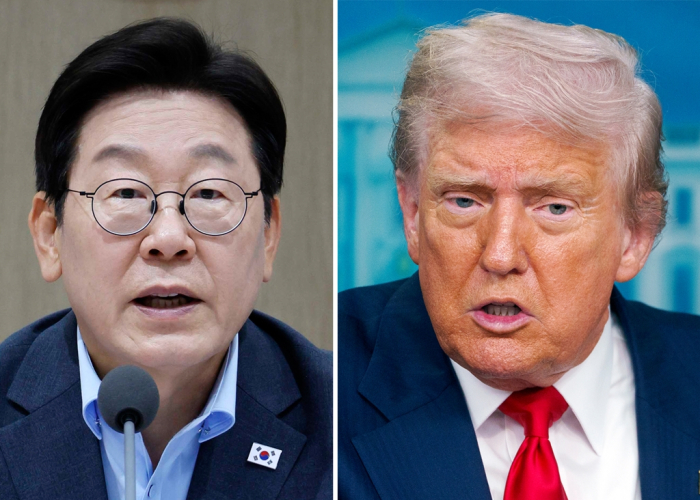
Lee hailed Japan as Korea’s “optimal partner” and described Ishiba as “a close friend,” in remarks widely interpreted in Seoul as a deliberate signal to Washington that Seoul and Tokyo are drawing closer.
“The two leaders agreed that, rather than being divided by sensitive issues, Korea and Japan should act as neighbors who share the same yard,” Seoul’s presidential office said after the meeting.
The summit, which ran almost two hours, longer than scheduled, produced both a joint statement to the press and a more detailed communiqué.

These documents pledged enhanced cooperation in areas ranging from artificial intelligence and demographic challenges to expanded youth exchanges.
Analysts noted that Lee’s decision to visit Japan before the US marked the first time since diplomatic normalization in 1965 that a South Korean president had opted for Tokyo over Washington as the first stop for bilateral diplomacy.
The symbolism, they said, highlights Lee’s urgency in resetting relations with Tokyo as part of what he calls a “pragmatic, national interest–first diplomacy.”
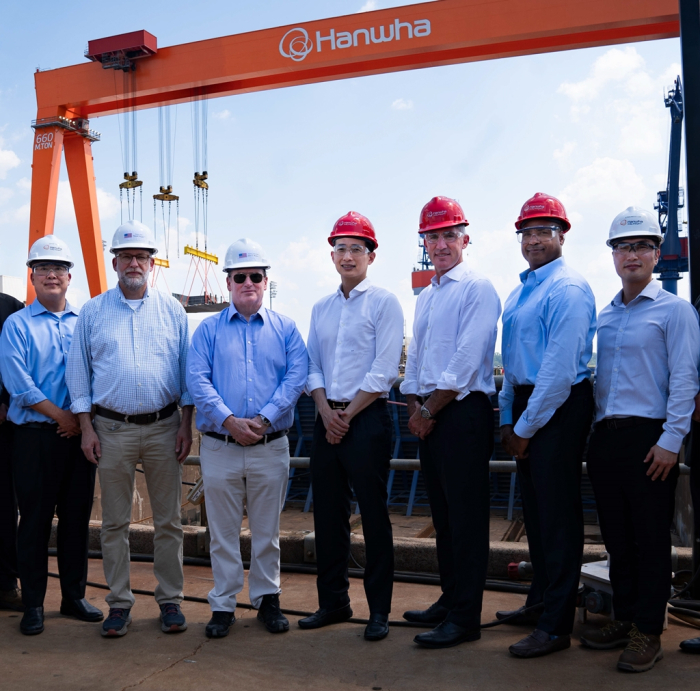
For Washington, closer Seoul–Tokyo ties would represent a stabilizing force as both countries face rising trade friction with the US and a volatile regional security environment.
“Strengthening Korea–Japan relations naturally reinforces Korea–US and trilateral cooperation. That is the virtuous cycle President Lee wants to underline in his meeting with President Trump,” said a Seoul-based diplomat.
By In-Soo Nam
isnam@hankyung.com
Jennifer Nicholson-Breen edited this article.
